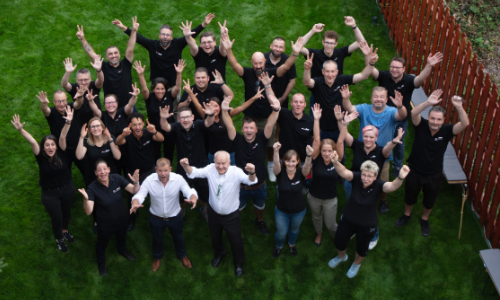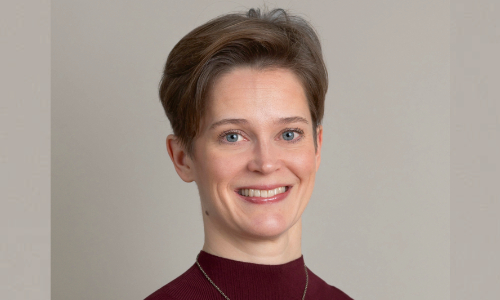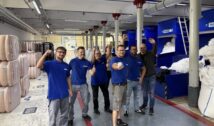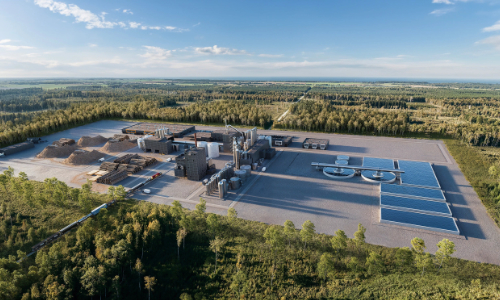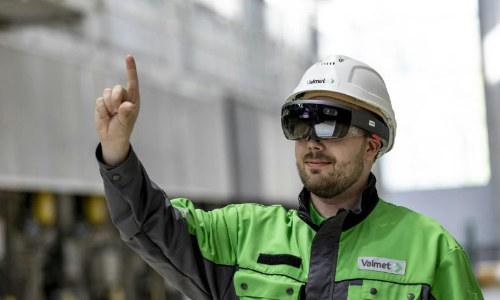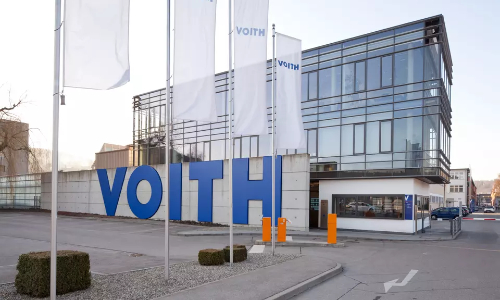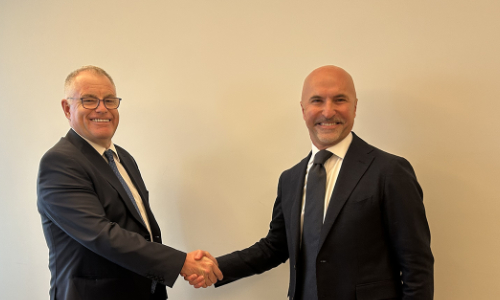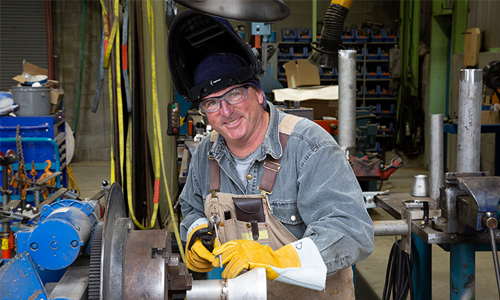
Improving employee safety in 21st-century manufacturing environments is a continual journey and one that’s becoming more and more personal at our Kamloops Mill. Our proactive safety measures involve each of our colleagues.
The journey began in the summer of 2017 when mill leadership and our union partners worked together to develop a dynamic hazard assessment (DHA) to identify and mitigate potential injury risks. Supervisors conducted a DHA with operations employees on new or unusual tasks. Workers discussed potential hazards and opportunities for improvement specific to the work being done. From there, the teams could develop a proactive safety plan to address the concern and eliminate the risk.
“The DHA was successful and yielded some good input,” says Lisa Durack, Kamloops’ health and safety manager, “but the next logical step was to make it personal and have it apply to the entire site.”
Proactive Safety Becomes Personal
We created the personal hazard assessment (PHA) to put the safety program directly into employees’ hands. Introduced in June, the PHA allows employees to take time for safety by documenting hazards and thinking critically about the work before beginning a task.
“It’s been quite successful so far,” Durack says. “We’ve definitely seen an increase in the reporting of opportunities for improvement. That has directly contributed to increasing personal hazard awareness, which we hope will translate to fewer injuries, especially for higher-frequency events like pinch points and slip or trip hazards.”
Kamloops Mill Manager Jean-Claude Allaire says he’s proud of how well the PHA has been adopted by mill employees. “The submissions we receive are very thoughtful and thorough,” he says. “We want employees to think of the PHA as their ‘permit to work,’ and to take the time to think very seriously about how to prevent injuries — not only their own, but their colleagues’ as well.”
While the PHA program’s initial response has been very positive, the Kamloops team knows that our safety journey is ongoing. The mill’s joint health and safety committee plans to conduct a comprehensive review later this year to refine this proactive safety program based on employee input.
Durack says the next step, which will begin early next year, is to train workers to better identify risks in their working environment.
“One of the best aspects of Domtar’s proactive safety culture is the level of collaboration across our mill sites,” says Larry Warren, Domtar Pulp and Paper safety director. “All proactive safety improvements begin with hazard recognition. The collaboration the Kamloops team has shown around hazard identification is definitely something all sites can strive for.”




